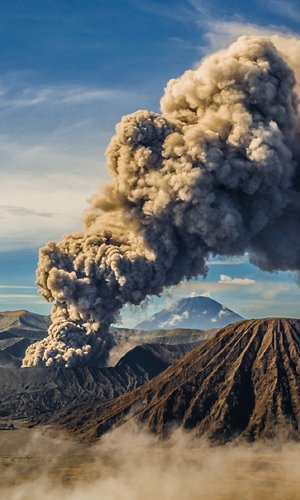Ringwoodite is a blue mineral composed of magnesium, silicon and oxygen (SiMg2O4) discovered in 1969 in the fragments of a meteorite; finding it on Earth is very improbable. The blue mineral forms at a depth of about 660 kilometres, far below the mantle zone where most diamonds are found. The most coveted precious stones, in fact, are formed in the lithosphere 140-190 kilometres below the earth's surface where the temperature reaches 1,300 degrees centigrade and the pressure exerted by the rocks is 50,000 bar, or almost 23,000 times that of the air in a car tyre. The most interesting feature of ringwoodite lies in its ability to trap water, and since there is probably a huge amount of the blue mineral in the Earth's mantle, geologists estimate that beneath the Earth's crust there is the equivalent of another ocean held within the chemistry of the crystals. It is an ocean that does not just lie there doing nothing, in fact it probably plays an important role in volcanic activity and plate tectonics.




